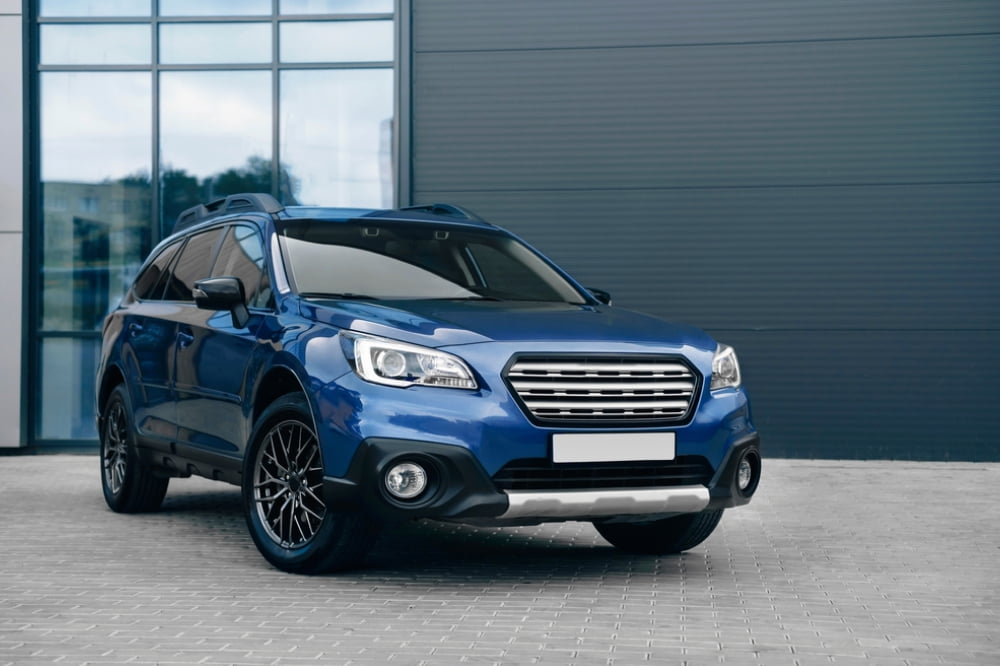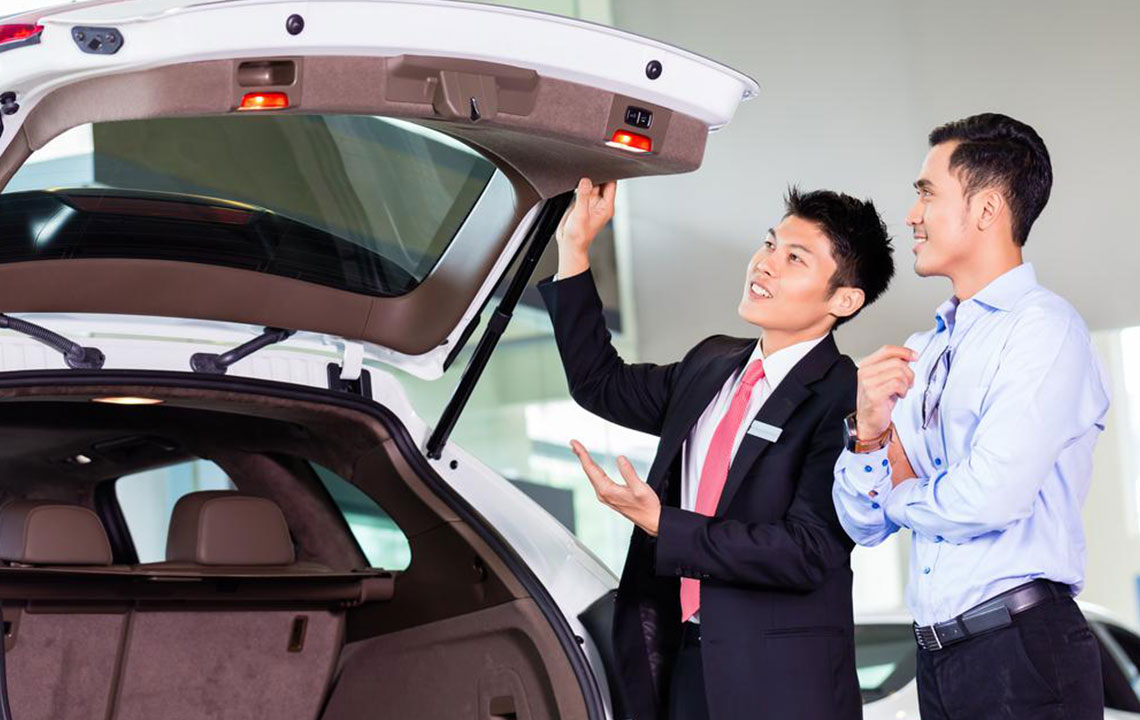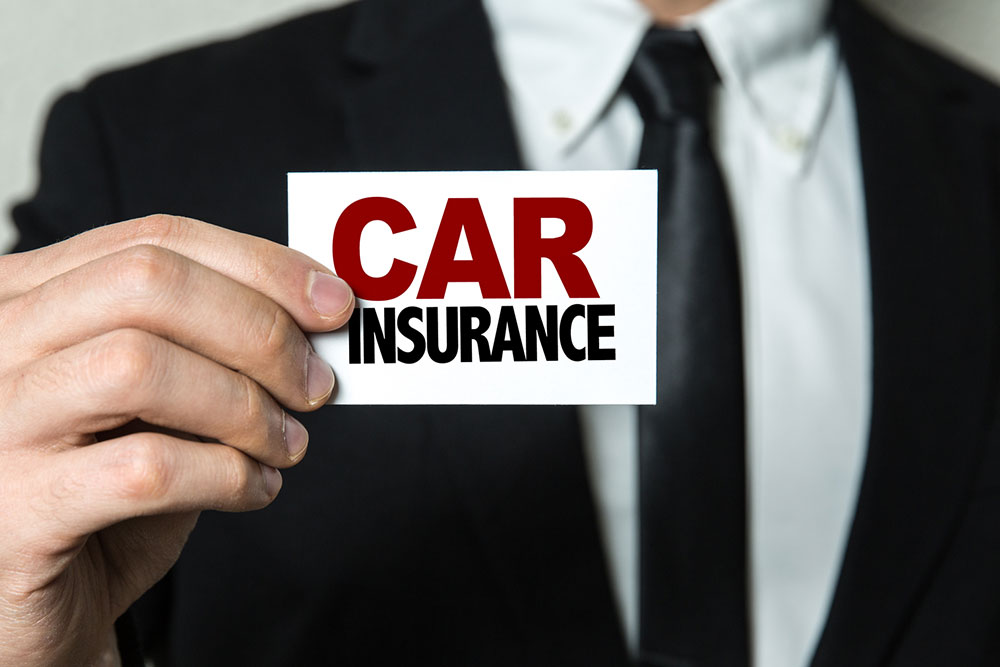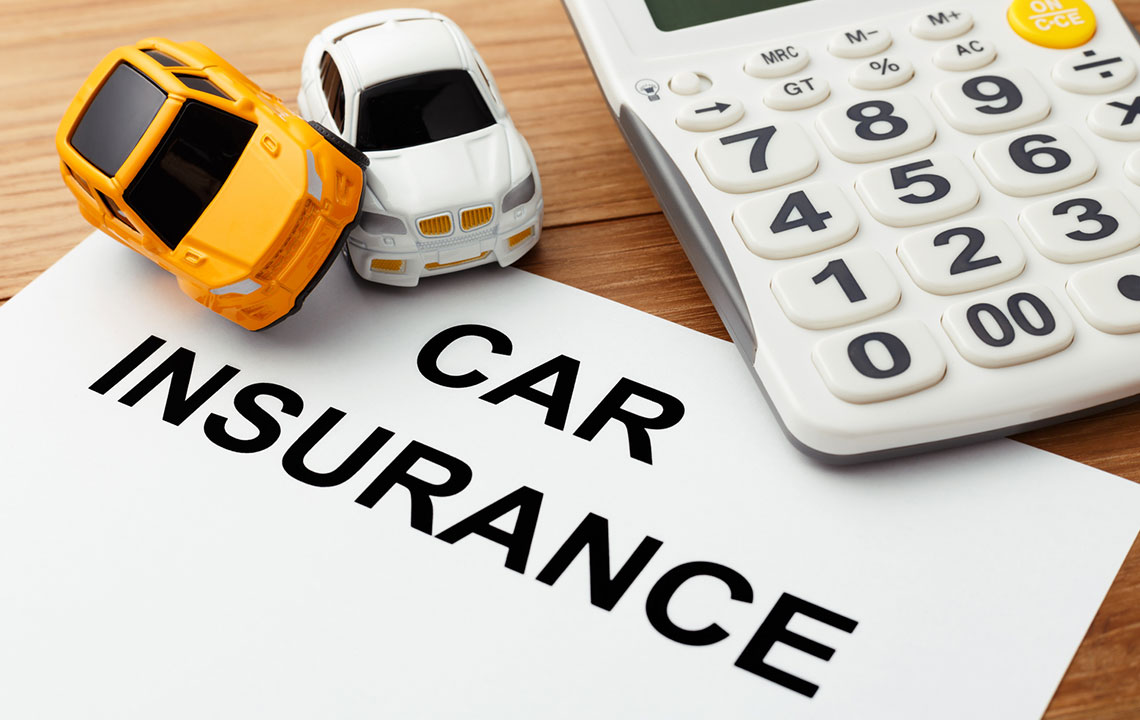Comprehensive Guide to Essential Safety Features for Family Vehicles
This comprehensive guide explores the essential safety features for family vehicles, including crash test standards, advanced technologies like collision avoidance systems, and vehicle structural integrity. Prioritizing safety ensures maximum protection for all passengers, from infants to seniors, by leveraging the latest automotive innovations and reputable brands dedicated to safety excellence.

Comprehensive Guide to Essential Safety Features for Family Vehicles
Ensuring the safety of every occupant, from infants to elderly family members, is one of the most critical priorities for automobile manufacturers today. Every vehicle that enters the marketplace must comply with stringent safety standards set by regulatory authorities to protect passengers in the event of a collision or accident. Industry organizations such as the Insurance Institute for Highway Safety (IIHS) and the National Highway Traffic Safety Administration (NHTSA) conduct rigorous crash testing and safety assessments to identify vehicles that provide optimal protection on the road.
While traditional safety elements like seat belts and airbags are fundamental required features, modern vehicles now incorporate cutting-edge safety technology designed to prevent accidents before they occur. These advancements not only improve overall safety but also enhance driver confidence and peace of mind during daily commutes or long road trips.
Below are some of the most advanced safety features and rigorous testing standards that help vehicles achieve top ratings in crash protection and occupant safety:
Frontal Impact Tests: These are some of the most common crash scenarios, with fatalities often resulting if vehicles are not properly equipped or designed to handle such impacts.
Primary Frontal Crash Tests: The two main types include the moderate overlap test and the small overlap test. The moderate overlap test simulates a collision where approximately 40% of the vehicle's front end is impacted at speeds up to 40 mph, while the small overlap test mimics a 25% impact at similar speeds. These tests help evaluate how well a vehicle protects its occupants during real-world crash scenarios.
Side Impact Safety: Side collisions tend to be particularly severe because of the limited space to absorb crash energy. Modern vehicles incorporate multiple side airbags, reinforced door beams, and crash-optimized structural designs to enhance side-impact occupant protection.
Strong vehicle frames and the strategic placement of side airbags play a significant role in reducing injury risks during accidents. Electronic stability control (ESC) systems also contribute to preventing rollovers—a highly dangerous type of crash—by helping drivers maintain control during sudden maneuvers. Additionally, a robust roof structure minimizes crush and deformation during rollover accidents, significantly increasing occupants' survival chances.
Neck injuries, such as whiplash, are common in various collision types, especially rear-end crashes. Effective head restraints that limit head movement are essential to prevent such injuries and protect the spine during rear impacts.
Modern safety technology goes beyond passive protection. Features like Forward Collision Warning (FCW) and Automatic Emergency Braking (AEB) have become standard in many new models. These systems actively assist drivers by detecting potential collisions early and applying brakes automatically if the driver fails to respond, significantly reducing the severity or preventing crashes altogether.
Automakers are consistently updating and improving their safety systems each year, driven by technological innovation and stricter safety regulations. When purchasing a family vehicle, it is wise to select models from reputable brands such as Honda, Toyota, Volvo, or Audi, which are renowned for their commitment to safety and engineering excellence. Prioritizing safety features and crash test performance should always be top considerations when choosing your next family car to ensure maximum protection for loved ones.
In conclusion, vehicle safety is an evolving field, with continuous advancements aimed at reducing injury and fatality rates. From structural reinforcements and passive safety systems to advanced collision mitigation technologies, today's family vehicles are equipped with a comprehensive suite of safety features designed to protect all passengers. Make informed choices, and always opt for vehicles that have demonstrated their safety credentials through rigorous testing standards and favorable crash test ratings.





